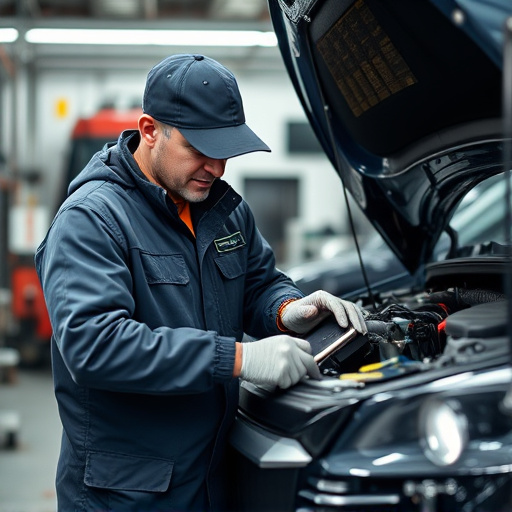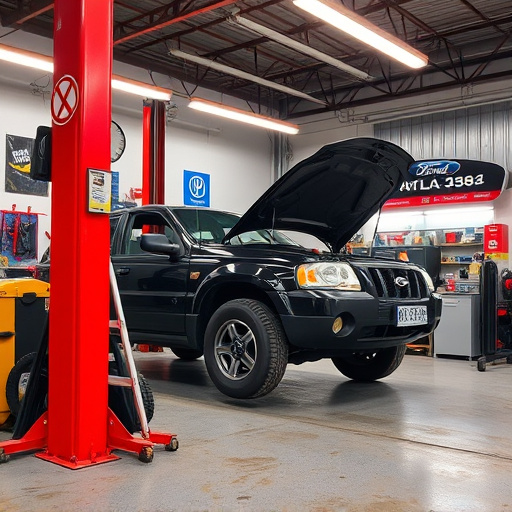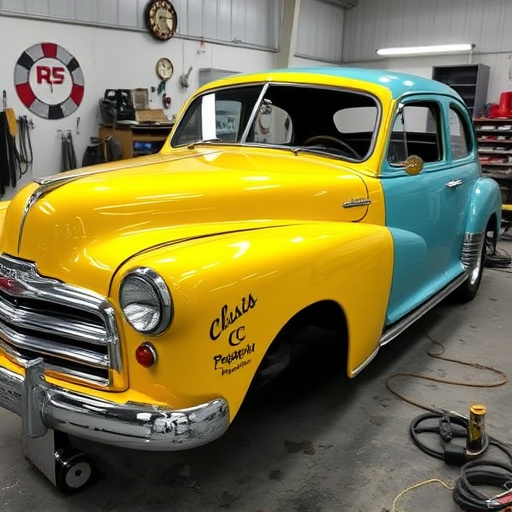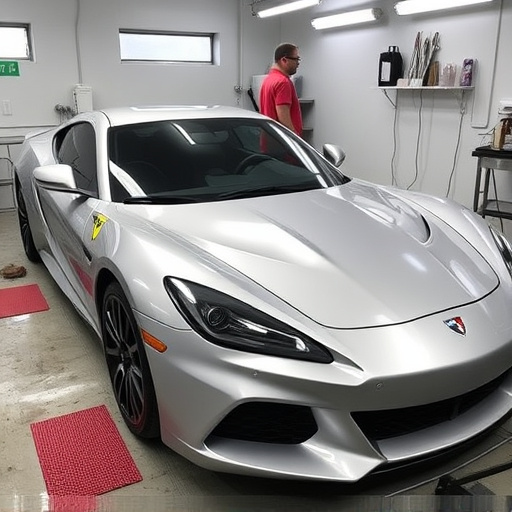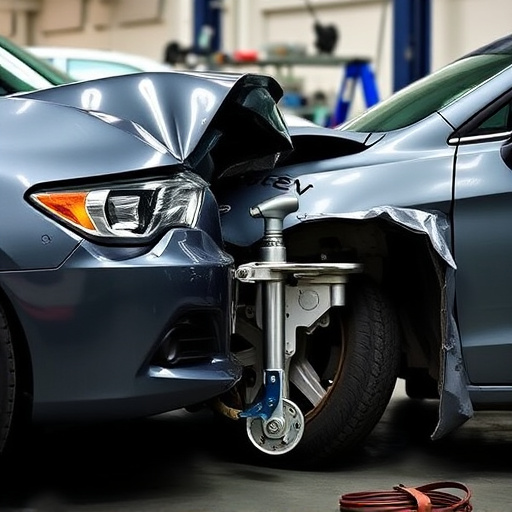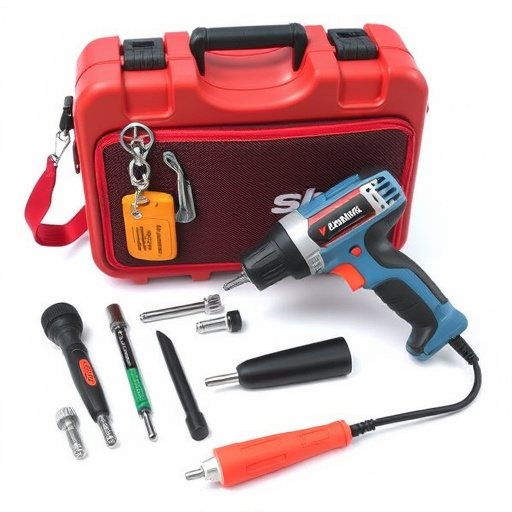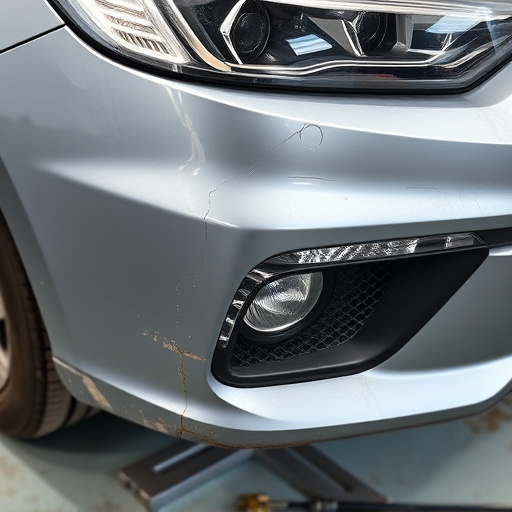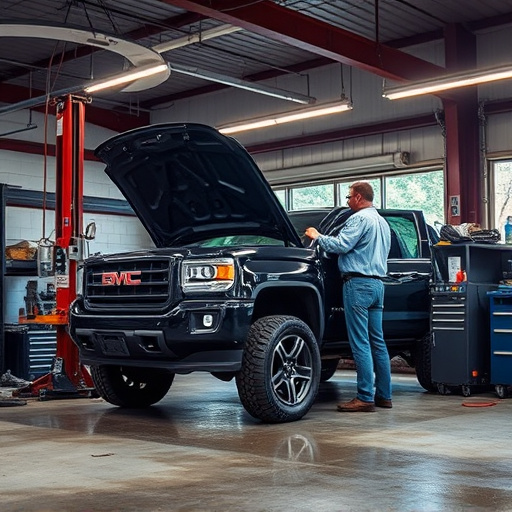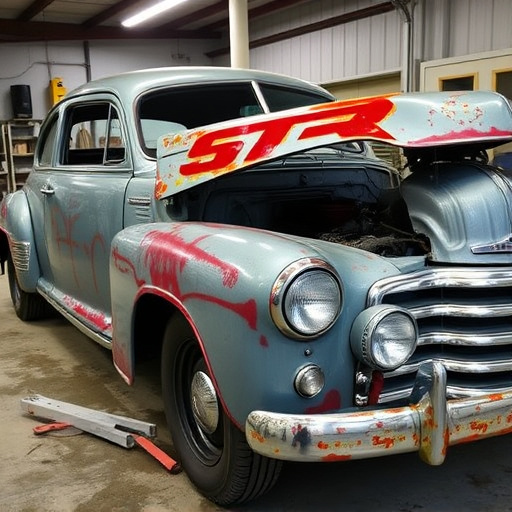Tesla's Adaptive Suspension enhances ride experience but can face issues like uneven tire wear, bumpy rides, or roll in curves due to misalignment, damaged components, or sensor malfunctions. Repair involves specialized inspection, diagnostic tools, and replacing faulty parts or recalibrating the system for optimal performance, stability, and comfort. Aftercare includes regular visual inspections and consistent service from a reputable shop to maximize suspension life and enhance ride quality, safety, and vehicle value.
Experiencing bumpy rides in your Tesla? It might be time for a Tesla adaptive suspension repair. This advanced system aims to provide a smooth, tailored ride, but common issues can arise. In this guide, we’ll walk you through understanding the Tesla adaptive suspension and its functions, identifying ride quality problems, and most importantly, a step-by-step repair process to get your Tesla cruising comfortably again. Learn essential aftercare tips to maintain optimal performance.
- Understanding Tesla Adaptive Suspension and Common Ride Quality Issues
- The Repair Process: Step-by-Step Guide to Restoring Smooth Rides
- Aftercare and Maintenance Tips for Optimal Performance
Understanding Tesla Adaptive Suspension and Common Ride Quality Issues
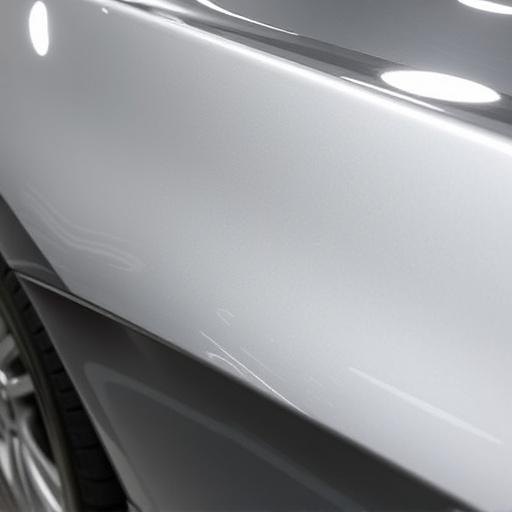
Tesla’s Adaptive Suspension is a groundbreaking feature designed to provide a smooth and tailored ride experience. This advanced system uses sensors and actuators to continuously adjust the vehicle’s height and stiffness, adapting to road conditions in real-time. However, like any complex automotive technology, it’s not immune to issues. Common problems with Tesla Adaptive Suspension can manifest as uneven tire wear, a bumpy ride, or a noticeable roll when navigating curves. These concerns often stem from misalignment, damaged components, or sensor malfunctions.
Proper diagnosis is key in addressing these ride quality issues. A qualified mechanic or specialized Tesla repair center will inspect the suspension system, including shock absorbers, springs, and control modules. They may use advanced diagnostic tools to identify any errors in the system’s communication. Effective Tesla adaptive suspension repair involves either replacing faulty parts or recalibrating the system to ensure it functions optimally, enhancing overall vehicle stability and passenger comfort.
The Repair Process: Step-by-Step Guide to Restoring Smooth Rides

The Tesla Adaptive Suspension Repair process involves a meticulous step-by-step approach to ensure optimal ride quality. It begins with a thorough inspection of the vehicle’s suspension system, focusing on the adaptive components. Using specialized diagnostic tools, technicians identify any faults or anomalies in the sensors, actuators, or control modules that govern the suspension’s responsiveness and damping.
Once identified, issues may require replacement parts, including shock absorbers, struts, or even recalibration of the entire system. Frame straightening might be necessary to address any misalignments affecting the suspension’s performance. Expert mechanics then carefully replace or calibrate the faulty components, ensuring precise adjustments for seamless integration into the car’s bodywork. Throughout the process, the goal is to restore the vehicle’s ability to adapt to road conditions, providing a smooth and comfortable ride without compromising handling dynamics.
Aftercare and Maintenance Tips for Optimal Performance
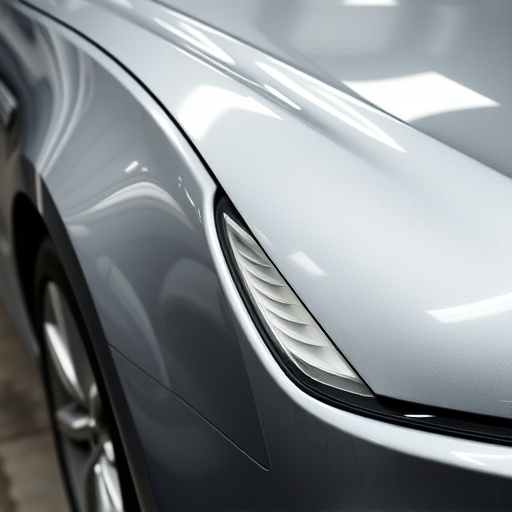
After a Tesla adaptive suspension repair, proper aftercare and maintenance are essential to ensure optimal performance and longevity of the system. Regularly inspect your vehicle for any signs of damage or wear, especially around the wheels and chassis. Keeping an eye on these components helps identify potential issues early on, preventing further complications.
Maintain a consistent service schedule with a reputable automotive body shop or car bodywork services provider to keep your Tesla’s suspension in top condition. Remember, a well-maintained suspension not only enhances ride quality but also significantly improves safety while driving. Consider it an investment in both the value and overall experience of your vehicle.
Tesla’s Adaptive Suspension is a cutting-edge feature designed to deliver an unparalleled ride experience. However, like any advanced system, it may encounter issues over time. Addressing these problems with a meticulous Tesla adaptive suspension repair process can significantly enhance vehicle performance and driver satisfaction. By following the step-by-step guide and adopting proper aftercare practices, you can ensure your Tesla maintains its smooth and responsive ride quality for years to come.
